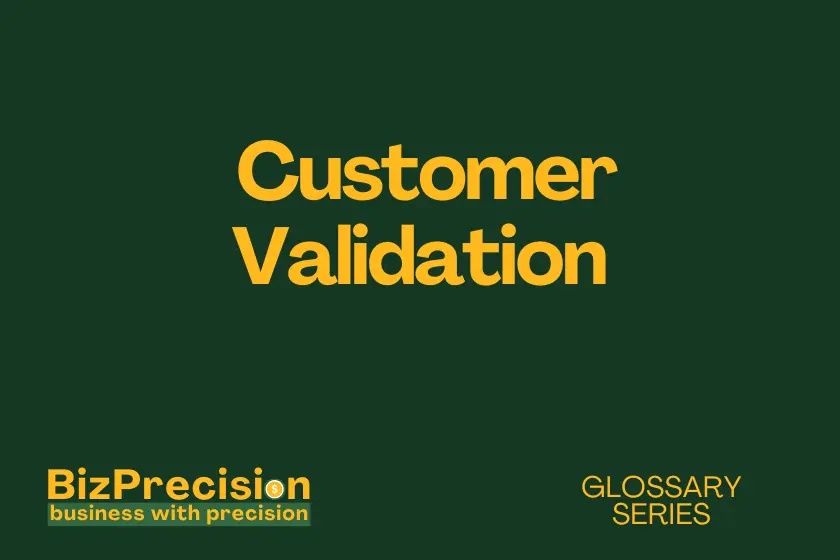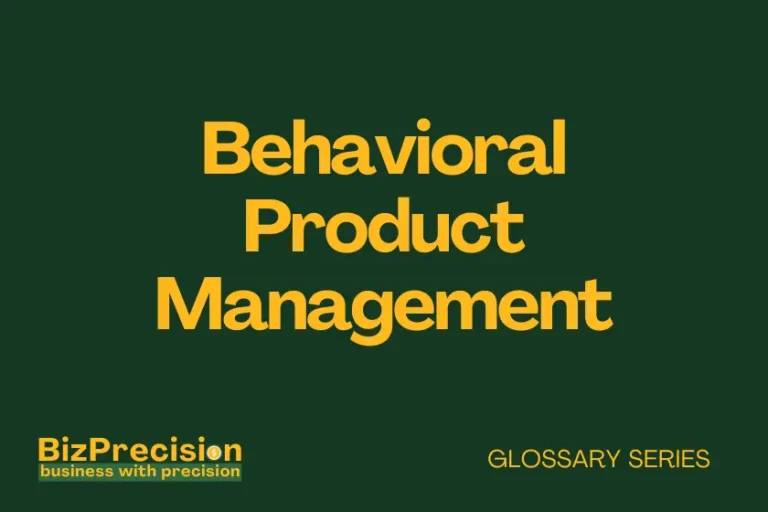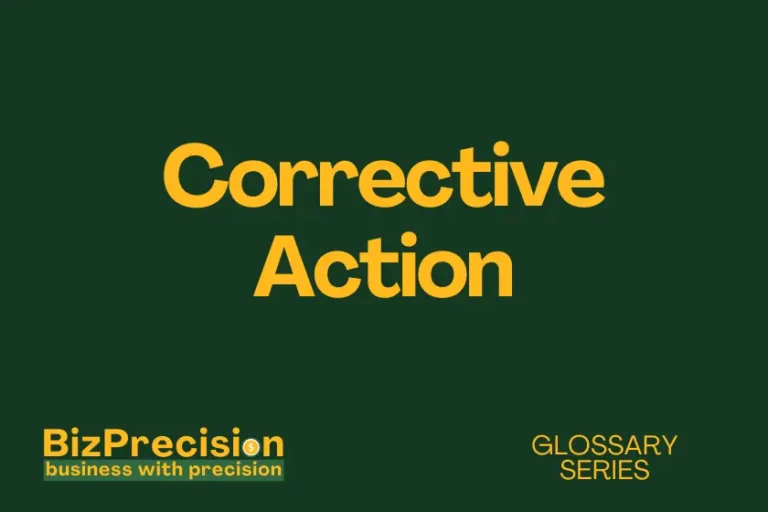What is Customer Validation?
Customer validation is a process of testing your product or service with real customers to confirm it solves their problems and has market value.
Recent data shows why this matters. According to a CB Insights study from 2023, 35% of startups fail because they make products nobody wants. This highlights how critical customer validation is for business success.
You need to know if your product will sell before investing too much time and money. Let’s explore how customer validation helps you make smarter business choices.
Understanding Customer Validation
Core Components of Customer Validation
Customer validation has four key parts that work together. The first is problem validation, where you check if the issue exists. Next comes solution testing, which shows if your fix works. Then market sizing helps count potential buyers. Finally, business model testing proves people will pay.
These parts create a complete validation system. Each step builds on the one before it. You get clearer insights as you move through the process.
Smart companies use all four parts together. Netflix tested their DVD-by-mail idea with real customers first. They mailed actual DVDs to see if people would return them. This simple test proved their core business model worked.
Benefits of Customer Validation
Customer validation saves both time and money. It shows you problems early, when fixes cost less. You learn what customers want before building the wrong thing.
Data proves this approach works better. Companies that test with customers are 50% more likely to grow, according to a Startup Genome report. Their products match real needs better.
The benefits go beyond just avoiding failure. You build better customer relationships through testing. Your team gains direct insights into user problems. Marketing becomes easier because you know exactly what sells.
Customer Validation vs Traditional Market Research
Traditional research often misses key insights. It relies too much on what people say they’ll do. Customer validation watches what they actually do.
Here’s a real example that shows the difference. A food delivery app spent $50,000 on market surveys. The surveys said people would use the service. But when they tested with real customers, no one ordered twice. The actual testing saved them from a failed launch.
Customer validation gives you behavioral data. You see how people really use your product. This beats asking hypothetical questions every time.
The Customer Validation Process
Problem Validation
Start by checking if the problem is real. Talk to potential customers about their challenges. Watch how they handle these issues now.
Use these three steps for problem validation:
- Interview at least 20 potential customers about the problem
- Document their current solutions and workarounds
- Measure how much time or money the problem costs them
Each interview should dig deep into their experience. Ask about specific times they faced this challenge. Get them to show you their current solution in action.
Solution Validation
Next, test if your solution works for real users. Create a basic version of your product. Put it in front of actual customers.
Follow these key steps:
- Build a minimal version that solves the core problem
- Watch users try your solution
- Collect specific feedback about what works and what doesn’t
Track how people use your solution. Look for signs they’ll keep using it. Count how many tell others about it.
Product-Market Fit Validation
This stage confirms your product fits market needs. You need proof people want what you’re selling. Look for clear signs of product adoption.
Three key metrics matter here:
- Customer retention rates show if users stick around
- Referral rates prove people value your product
- Usage patterns reveal how vital your solution becomes
Tesla validated their market fit gradually. They started with expensive sports cars. This proved people would buy electric vehicles. Then they moved to more affordable models.
Business Model Validation
The final step proves people will pay enough. Your pricing must cover costs and make profits. Test different payment models with real customers.
Key areas to validate include:
- Price sensitivity among target customers
- Customer acquisition costs
- Lifetime value predictions
Zoom validated their business model with a freemium approach. Free users proved the product worked. Paid features showed what people would buy.
Implementing Customer Validation
Essential Customer Validation Methods
Direct customer testing works best. Use these proven methods to gather real feedback. Each method shows different aspects of customer behavior.
Start with one-on-one interviews. These give you deep insights into customer thinking. Follow up with usability tests to watch people use your product.
Group feedback sessions add another view. They show how people compare your solution to others. Running beta tests lets you gather data at scale.
Measuring Validation Success
Track clear metrics to measure success. Focus on numbers that show real customer value. This helps you make better decisions.
Key metrics to watch include:
- Customer retention rates over 30, 60, and 90 days
- Net Promoter Score from early users
- Time to first value for new customers
Each metric tells part of the story. High retention means you solve a real problem. Good NPS scores predict future growth.
Common Validation Challenges
Many teams face similar challenges during validation. Knowing these helps you avoid common pitfalls. Smart planning beats most problems.
Watch out for these issues:
- Testing with friends instead of real customers
- Asking leading questions that bias results
- Ignoring negative feedback because it’s hard to hear
Handle each challenge directly. Find real customers for testing. Ask neutral questions. Listen to all feedback carefully.
Best Practices and Tools
Use proven tools to improve your process. Good tools make validation easier and more reliable. They help you gather better data.
These tools help most teams:
- Survey tools like TypeForm for gathering feedback
- Analytics platforms like Mixpanel for tracking usage
- Interview recording tools like Zoom for customer calls
Pick tools that fit your needs. Start simple and add more as needed. Focus on gathering actionable data.
Conclusion
Customer validation reduces business risk. It shows if your product will succeed before you invest too much. The process saves both time and money.
Start with clear problem validation. Move through solution testing carefully. Check your product-market fit and business model. Use the right tools and methods.
Take action now to validate your business ideas. Begin with one customer interview this week. Test your biggest market assumptions first. Your business success depends on knowing what customers really want.







